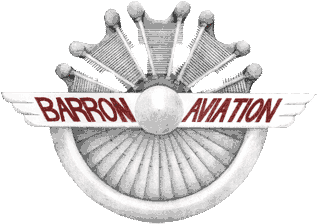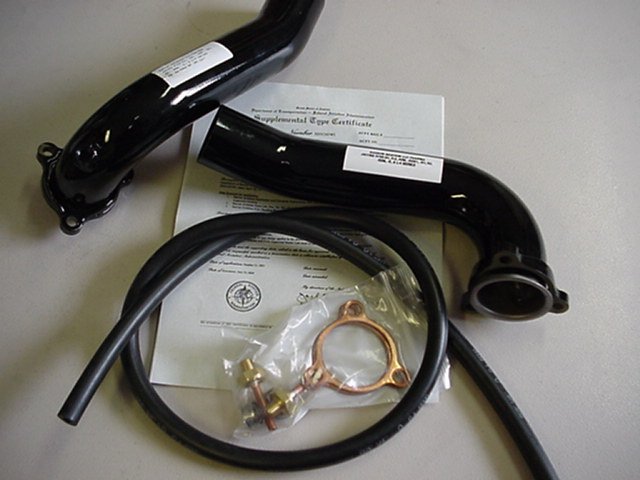Intake Tube Drains
Intake Drains
We have all seen the results oil and gravity have on radial engines for many years. We have seen incredible shows of oil and smoke when the “Ol Beasts” are brought to life, oil on the hangar floor, liquid locks as well as bent and failed link rods, all due to oil flowing to the bottom extremities of the engine. I personally think a good belch and some smoke during startup are just personality traits of these engines we know and love. While a little smoke can be ok, too much oil in the combustion chamber IS going to bend or break something. Usually this is the link rod connecting the piston to the crankshaft. We have been keeping statistics on current engine failures (5) as well as talking to many others in the radial engine community. It appears that nearly all of the link rod failures are the #4 cylinder (on 7 cylinder radials). If these failures were simply due to oil flowing down into the bottom cylinders wouldn’t there be an equal opportunity for bending and failure for #4 & #5 cylinders? So why is it nearly always #4? The answer to this lies in the intake tube geometry differences between the two. Number 4 intake tube is located low and at an angle to where it can hold a substantial volume of oil (equal to or even greater than the compression volume of the combustion chamber). Have you ever heard that “gargling” sound when pulling your engine through? Well you can pull it through all you want but that oil is not going to come out. The only way to remove that oil is to loosen the intake tube from the cylinder, raise the tail of the aircraft to at least level flight attitude while pulling the engine through, or start the engine (JUST KIDDING!). Don’t ever start the engine if you have heard this noise! What happens is as soon as the engine “lights off” the sudden increase of intake velocity through the tube will send most of this oil right into the cylinder. Liquids will not compress and, well , you get the picture. The “now bent” link rod will usually not fail at this time. Most will operate for some time and then fail due to fatigue stresses at the bend.
There have been many discussions revolving around this topic, one of which is the debate of how the oil gets there and how to prevent it. These discussions can get quite complex and confusing. While I have my opinions on this subject, I am also of the opinion that they don’t really matter. Why go to all of the effort and expense of trying to prevent the problem when curing the result of the problem is so cheap and easy?
Barron Aviation has developed a kit which installs automatic drain valves in the bottom two intake tubes of normally aspirated radial engines. They are fully automatic, requiring no action. Any oil that comes in drains out. When the engine starts up the valves seat so no air comes in. We feel this is the ultimate solution to an age old problem! These kits are relatively inexpensive, simple, un-obtrusive and easy to install. They are STC’d and PMA’d in kit form for the Jacobs R755 & L-6 series and the Continental 670 series engines. These kits require a core charge, refundable with a servicable set of intake tubes. If you have any questions or information on this subject, please feel free to contact us.

